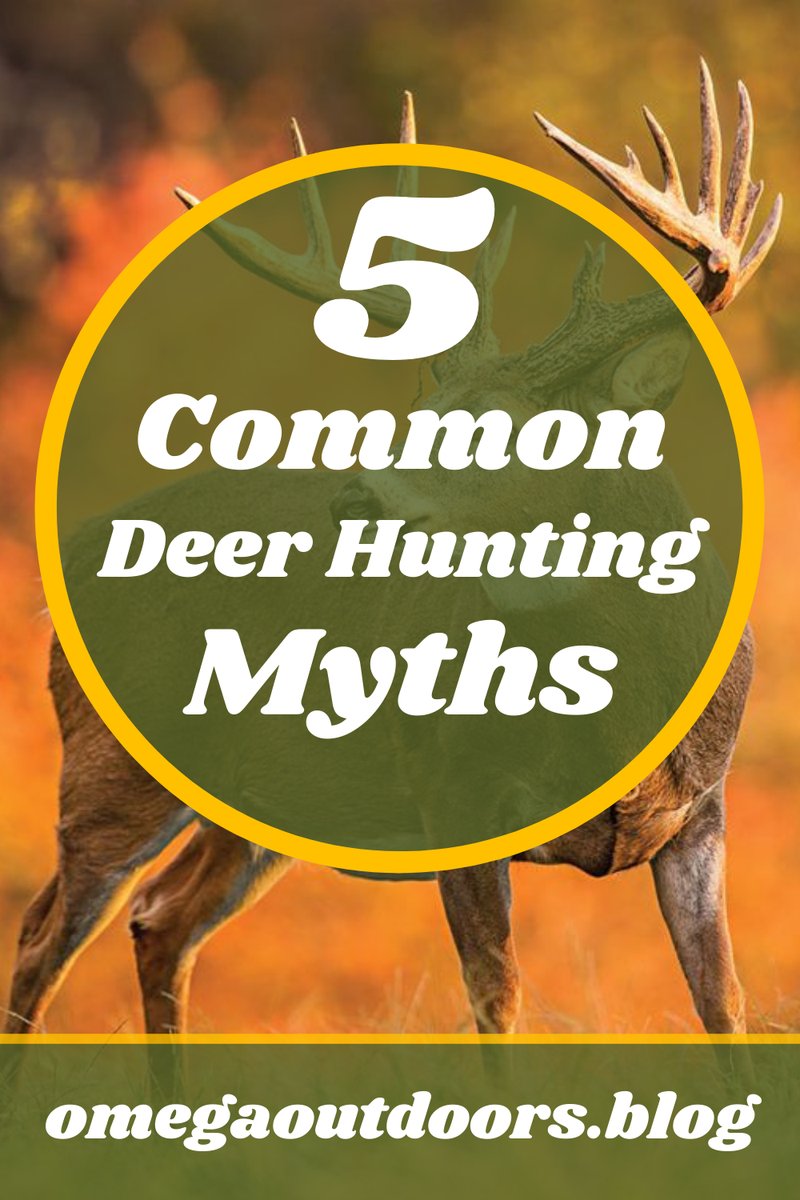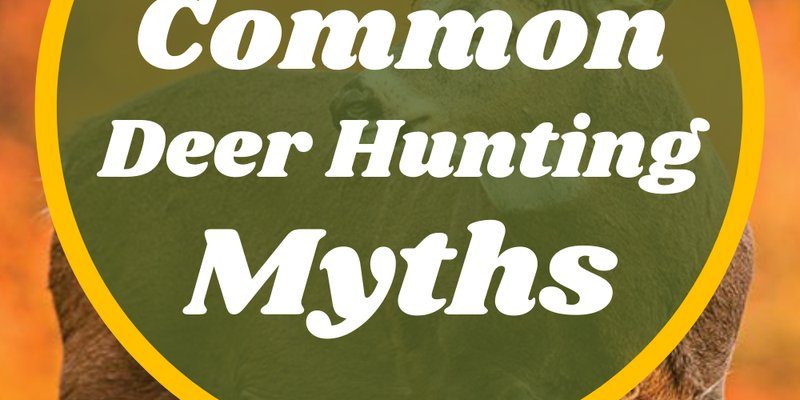
You might be wondering, “What are these myths, and how do they affect our understanding of red deer?” Well, let’s break it down together, sip by sip, like we’re chatting around a coffee table. Understanding the truth about red deer not only helps us appreciate them more, but it also plays an essential role in conservation efforts. So, grab your favorite mug, and let’s dive into some of the most common myths surrounding these fascinating creatures.
Myth 1: Red Deer Are Just Big Elk
One of the most persistent myths is that red deer are simply a larger version of elk. While both belong to the Cervidae family, red deer and elk are quite distinct. Think of it like comparing apples and oranges: they share a family, but they come from different branches.
Red deer, native to Europe, are generally more slender than their elk cousins. They have a unique coat that changes color with the seasons—from reddish-brown in summer to a more muted grayish-brown in winter. Elk, on the other hand, are primarily found in North America and tend to have a more robust body structure and a darker coloration.
Interestingly, red deer are known for their bellowing calls during mating season, which is quite different from the distinctive bugle of elk. This vocalization helps distinguish them and highlights their unique behaviors. So, while both species are magnificent in their own right, they certainly aren’t interchangeable.
Myth 2: Red Deer Are Only Found in Europe
You might think red deer are exclusive to European landscapes, but that’s not entirely true. While they are indeed native to Europe, they’ve made their way to other parts of the world as well.
Countries like New Zealand and Australia have introduced red deer, mostly for hunting and ecological reasons. This means you might spot them in places far from their original habitats. For those who visit these locales, encountering red deer might feel like a surprise twist in the story of wildlife!
However, the introduction of red deer in non-native regions can sometimes lead to environmental challenges. Their grazing habits can impact local flora and fauna, leading conservationists to monitor their populations closely. It’s a fascinating example of how wildlife can adapt and survive, but it also raises questions about ecosystem balance.
Myth 3: Red Deer Are Aggressive and Dangerous
Here’s the thing: people often think of deer as aggressive, but this is a misconception that needs unpacking. Most of the time, red deer are quite shy and prefer to avoid human interaction. Instead of seeking confrontation, they’re more likely to flee when they sense danger.
The misconception likely stems from their impressive size and antlers. During the rutting season, males can become more territorial and aggressive, defending their harem of females. But let’s be honest here: wouldn’t you be a bit protective if you had a whole group to look after?
So, while it’s true that red deer can display aggression during mating season, they aren’t the villains of the forest. Instead, they’re just trying to ensure their legacy continues.
Myth 4: All Red Deer Have Antlers in the Same Season
You might think that all red deer grow and shed their antlers at the same time, but that’s a bit of a stretch. While antlers generally follow a seasonal rhythm, various factors can influence when they appear or drop.
For instance, age and health play significant roles. Younger males might grow smaller antlers or shed them earlier than older, more dominant males. Nutrition also matters. A well-fed deer is more likely to grow impressive antlers compared to one struggling for food.
If you visit areas where red deer are abundant, you might notice differences in antler sizes and shapes throughout the population. It’s a reminder of how adaptability and surroundings can influence nature’s outcome.
Myth 5: Red Deer Are Strictly Herbivores
You may think of red deer as strict herbivores, munching away at grass and leaves. While it’s true that their diet primarily consists of plant matter, the reality is a bit more nuanced.
In their quest for sustenance, red deer will nibble on diverse vegetation, including fruits, mushrooms, and even the occasional bark. Their adaptability in diet is one of the reasons they thrive in various habitats.
And here’s a fun little nugget: in desperate times—like during harsh winters when food is scarce—red deer might munch on the dried foliage of other plants. So, while they are primarily herbivorous, they can show a little flexibility when needed, just like you might grab a snack when the main meal isn’t available!
Myth 6: Red Deer Are Nocturnal Creatures
Many people believe that red deer are nocturnal, darting around under the cover of darkness. While they’re known to be crepuscular—active at dawn and dusk—they’re not strictly nocturnal.
In fact, red deer often graze during the daytime as well. They prefer calm, quiet times, which is why early mornings and late afternoons are perfect for their activities. If you’ve ever gone for a hike during these times, you might have spotted them peacefully roaming the woods.
Their behavior is a great example of how wildlife adapts to their environment. By being active during hours when predators are less likely to be around, red deer increase their chances of survival. So, if you’re hoping to catch a glimpse of them, consider timing your trips accordingly!
Myth 7: Red Deer’s Population Is Stable Everywhere
One might assume that red deer populations are stable and thriving everywhere, but that’s not the full picture. Conservation efforts have helped protect many red deer populations, but not all regions are created equal.
For instance, in some parts of Europe, red deer are doing well thanks to careful management and conservation strategies. However, in areas where habitat loss or hunting pressures exist, their numbers can dwindle. This discrepancy emphasizes the need for ongoing conservation work.
It’s crucial for us to understand that wildlife populations are dynamic and require constant attention. Becoming informed about local populations and their challenges can help us contribute to their preservation. Every bit counts, whether it’s supporting local initiatives or simply spreading awareness.
In conclusion, understanding red deer and dispelling these myths is more than a fun trivia game—it’s essential for their conservation and our appreciation of wildlife. By learning the truth, we can enjoy these beautiful creatures in all their splendor, respecting their role in nature. So, the next time you encounter a red deer, you’ll have the knowledge to appreciate its uniqueness fully.

